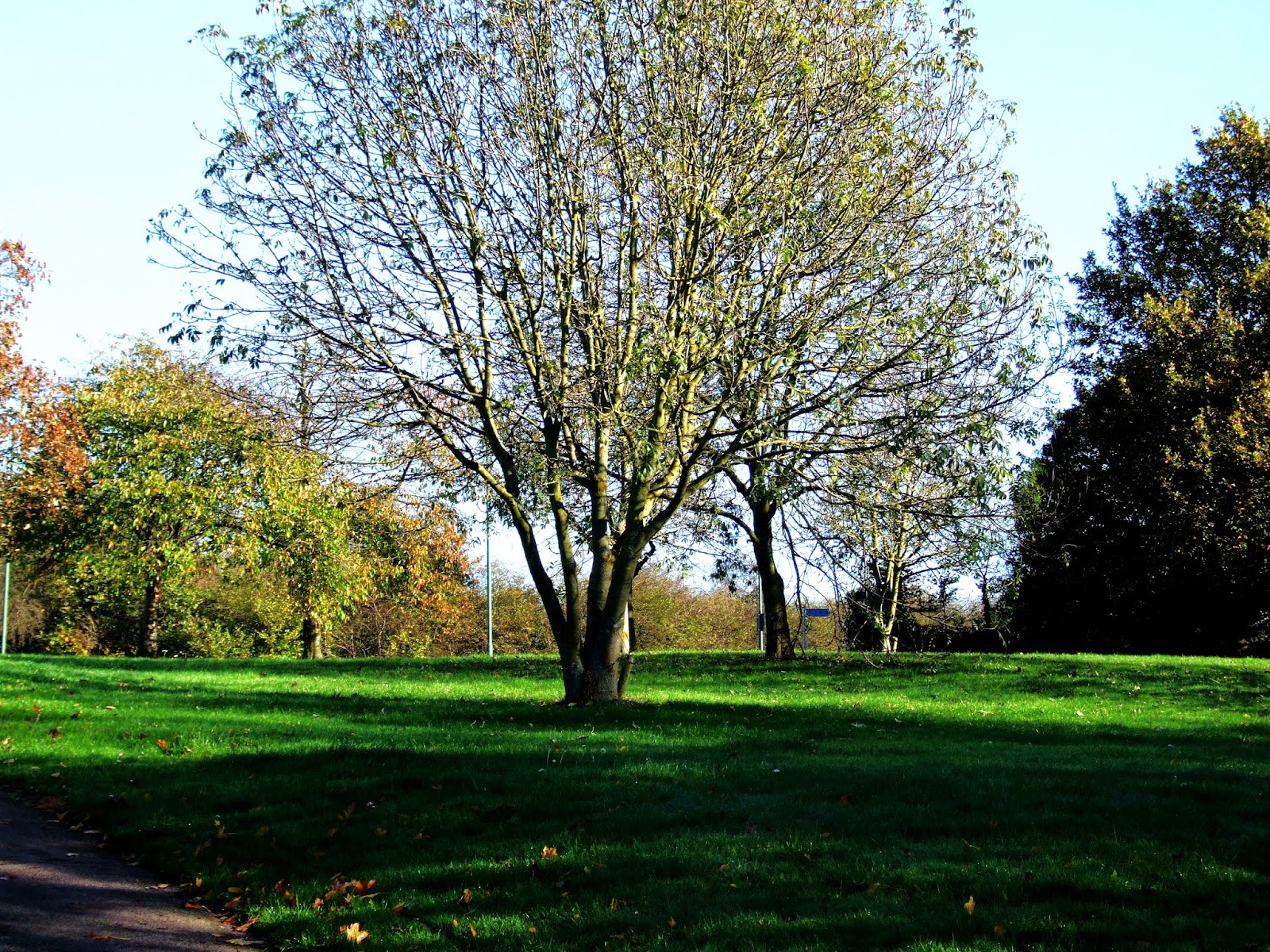When photographing, my initial thoughts towards the picture was just to capture what I wanted. The work that has been put into formal elements has allowed me to approach my images in a more thoughtful way, considering composition and other elements. As the year progressed the quality of my images became more consistent and was able to be at a level that I was happy with. Due to the increasing consistency within my work, I was able to take more pictures with more variation amongst each image. Out of all of the topics that we looked at, my favourite were tone and Robert Mapplethorpe. This is largely because the topics are fairly open and I can experiment with the composition and state of the images in interesting ways.
As I progressed through the year I came across a few problems that I needed to solve. My first problems were with the quality and quantity of the images that I was taking. To fix this I began to focus on the subject that I was photographing for and give myself a rough idea of what I should include within my images. I also had problems with the composition of my images. This was fixed by the focus on Robert Mapplethorpe, as it allowed me to seriously consider the different ways that I could compose my pictures. As we finished the formal elements, the work load began to slow down slightly. This extra time allowed me to focus on the quality of my work and i was able to devote more time to individual subjects.





























